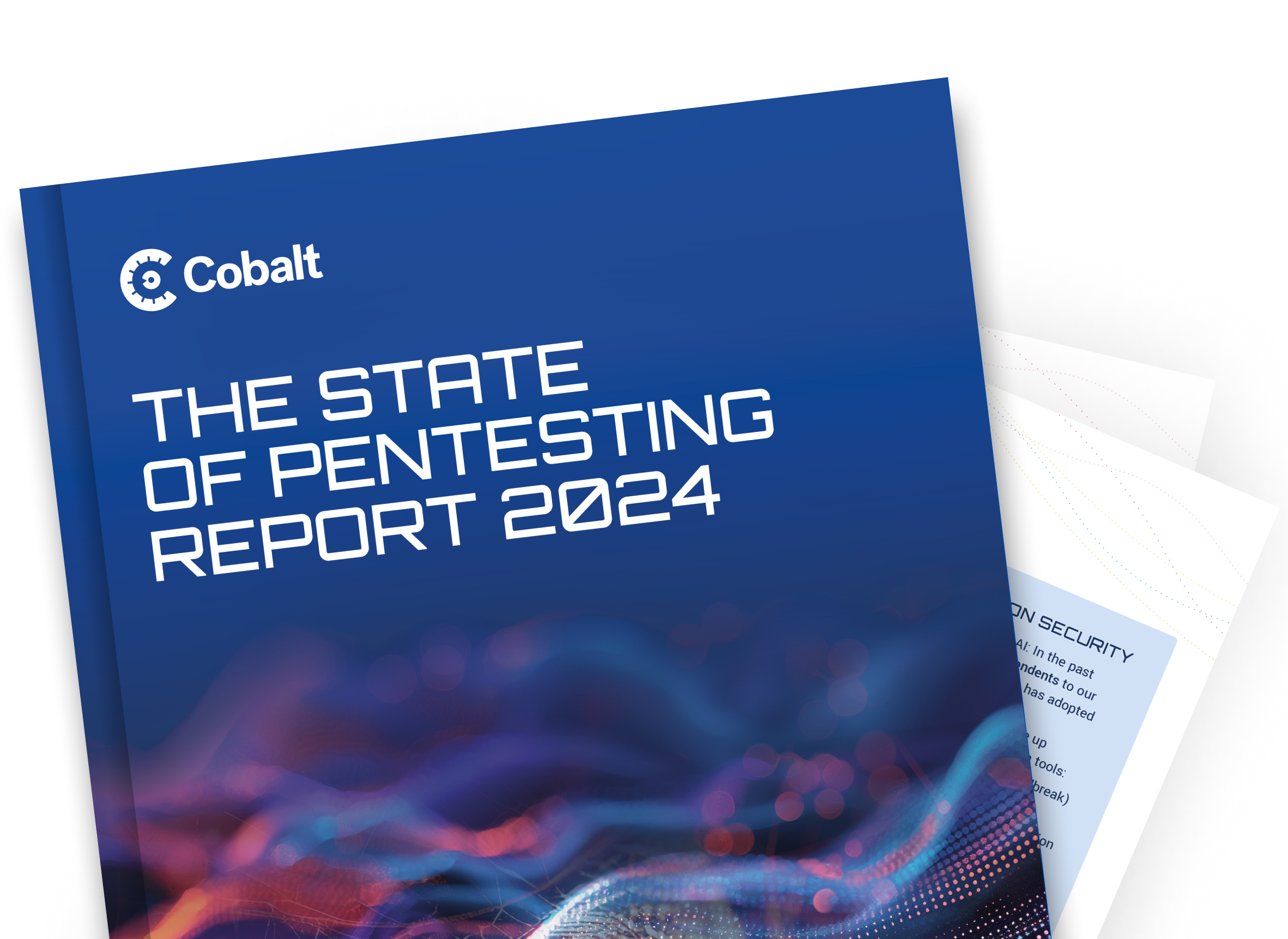This content was co-authored by AI. Discover our editorial practices.
In the world of banking, cybersecurity is always a major concern. With so much money and confidential data at stake, banks must have tight security measures in place to protect their networks from malicious attacks.
A new emerging threat is the TOITOIN malware, a computer virus designed specifically to target banking systems.
Article Summary
- Overview of the technology behind TOITOIN
- Overview of TOITOIN and Who Created It
- Tips for banks on how to protect themselves from potential harm
By understanding the risks posed by malware like TOITOIN and taking proactive steps to mitigate, banks can make sure their networks remain secure from breaches.
Technology Behind TOITOIN Malware
The TOITOIN malware is a highly sophisticated form of malware that's actively being used to target banking systems.
It is built on the .NET framework and uses obfuscation techniques to hide its malicious code, enabling it to perform various cyber-attacks such as DDoS, phishing, and credential harvesting.
This malware spreads using a multi-stage attack that begins with an initial infection vector and then later exploits internal systems. The initial infection vector could be through email or through other phishing techniques such as malicious websites or downloads.
Once the malware establishes a foothold on the system, it then uses advanced methods such as domain generation algorithms (DGAs) to generate domains for communication with its command and control (C2) servers. This makes it much harder for security teams to detect the source of the attack until it has already caused significant damage.
The malware also has anti-analysis capabilities which makes reverse engineering and detection more difficult.
It is clear that banks must take steps to ensure they are prepared for the threat posed by this advanced form of malware.
What Is TOITOIN Malware?
TOITOIN malware is a type of computer virus designed to target banking systems.
Malicious actors create it with the intention of gaining access to financial data and accounts. This type of malware spreads through malicious websites, email attachments, and social engineering tactics. Once installed on a system, it can be used to steal personal information, passwords, or other sensitive data from the target.
The threat posed by TOITOIN malware should not be taken lightly as it can cause serious damage if left undetected and unaddressed. Banks must take steps to ensure they are prepared to address the threat of TOITOIN and other malware threats before any harm is done.
The most effective way for banks to protect themselves from such attacks is by implementing security measures that are capable of detecting and preventing TOITOIN malware before it can cause any damage with proactive measures such as phishing training.
These include but are not limited to:
- Robust anti-virus software
- Maintain regular software updates
- Firewalls
- Encrypted networks
- User authentication protocols
- Mandate multi-factor authentication processes for online transactions
- Regular employee training on cyber security best practices
Additionally, banks should monitor their systems for suspicious activity to identify potential threats quickly and respond accordingly. By taking these proactive steps towards cybersecurity preparedness, banks can protect themselves from the potential harm posed by TOITOIN and other dangerous forms of malware.
Who Is the Creator of the TOITOIN Malware?
The TOITOIN malware is the latest in a series of computer viruses specifically designed to target banking systems. Its creator, an unknown hacker group, remains shrouded in mystery. Though little is known about them, their malicious intent towards banks and financial institutions has become clear over time.
The origins of the hacker group are unclear, though the initial reports suggest they are targeting Latin America specifically. Though little is known about the hackers themselves, their motivations appear to be purely financial.
Banks should consider implementing cybersecurity best practices to avoid being impacted by this emerging threat. Additionally, monitoring systems for suspicious activity can help organizations identify threats quickly so appropriate responses can be taken immediately upon detection.
Overview of Potential Risks Posed by TOITOIN Malware
The TOITOIN malware poses a significant threat to banks and other organizations due to its ability to execute malicious scripts and commands remotely.
The attack also deploys anti-detection measures to avoid being discovered and removed from networks. This makes it particularly difficult for organizations to detect and stop the activities of TOITOIN. With that in mind, here are some of the potential risks associated with such a breach:
- Financial Loss: A malicious actor breaching a bank's cybersecurity defenses with malware can lead to significant financial losses. They may gain unauthorized access to sensitive financial information, such as account numbers and passwords, which can then be used for fraudulent activities or identity theft.
- Reputation Damage: A cybersecurity breach can severely damage a bank's reputation. Customers may lose trust in the institution's ability to protect their personal and financial data, leading to a loss of customers and potential business opportunities.
- Regulatory Compliance Issues: Banks are subject to strict regulatory requirements when it comes to the security of customer information. A breach caused by malware can result in non-compliance with these regulations, leading to hefty fines and legal consequences.
- Disruption of Services: Malware can disrupt banking services, causing inconvenience to customers and impacting the bank's operations. This can also result in financial losses and damage to the bank's reputation.
- Legal Consequences: If a bank fails to adequately protect customer information and a breach occurs, it may be held legally responsible for any resulting damages. This can lead to lawsuits and additional financial burdens.
To mitigate these risks, banks must invest in strong cybersecurity measures which we review below. By staying vigilant and proactive in their cybersecurity efforts, banks can better protect themselves and their customers from the potential dangers of a malicious actor breaching their defenses with malware.
What To Do If You're Impacted by TOITOIN Malware?
Once detected, removal of the malware can be done manually. While it's a complicated task, there are anti-malware programs that will help automate the process. Read more about best practices for remediating an infected system on PCrisk.
How Can Companies Protect Their Networks from TOITOIN Malware?
Banks need to take proactive action to guard themselves against the potential damage caused by TOITOIN malware. To do so, they must invest in secure measures that can protect both their networks and customer data. The following are some tips for banks to consider when aiming to reduce the risk generated by TOITOIN:
Educate Staff
Banks should make certain that personnel are aware of the possible danger posed by TOITOIN malware and other malicious threats. Teaching employees about cyber security procedures is essential for safeguarding against phishing and Trojans, as well as additional forms of attack. This includes instructions on recognizing suspicious emails or websites, understanding the necessity of multi-factor authentication, and how to create secure passwords.
Stay Updated with Software
It is important for banks to remain up-to-date with the most recent software patches and updates in order to counteract any known weaknesses. Banks should also frequently keep an eye on their systems for any odd activity that could be a sign of an attack in progress.
Multiple Authentication Factors
Whenever feasible, banks should execute multi-factor authentication protocols for online transactions. This will provide an extra layer of protection against attempts at access without permission.
Network Traffic Monitoring
Regularly checking network traffic can aid banks in quickly identifying any suspicious activity so they can take action before it's too late. eats so they can swiftly react if needed.
Data Backup
Finally, banks must ensure that all data is backed up regularly, so if a breach does occur, they can rapidly recover from it with minimal interference or loss of information or customer details.
By taking these precautions seriously, banks will be prepared to confront the peril posed by TOITOIN malware while providing improved customer service and shielding customers' financial records from harm. Read how Cobalt’s Penetration Testing Services help companies including banks and financial organizations secure their networks and software to mitigate the risks associated with cyberattacks such as the TOITOIN malware.








